Teaching in Tainan
Tainan grantees will co-teach at one school during their grant year, working closely with at least one local Taiwanese English teacher (LET). Currently, the Fulbright program includes eight elementary schools and two junior high schools. Class sizes vary depending on the school and can range from 10 to over 30 students.
Most ETAs/ETFs assist their co-teachers in English classes, but some schools also involve ETAs/ETFs in international programs and CLIL (Content and Language Integrated Learning) classes for subjects such as life sciences, music, or art. Students' English proficiency levels are highly varied—some students who attend cram schools have a very high level of English, while others may have little exposure to the language.
In addition to co-teaching, ETAs/ETFs will have opportunities to participate in school events and extracurricular activities, including holiday celebrations such as Teacher's Day, Halloween, and Christmas, as well as English clubs and sports days. These activities provide a great way to engage with students, LETs, and the school community.

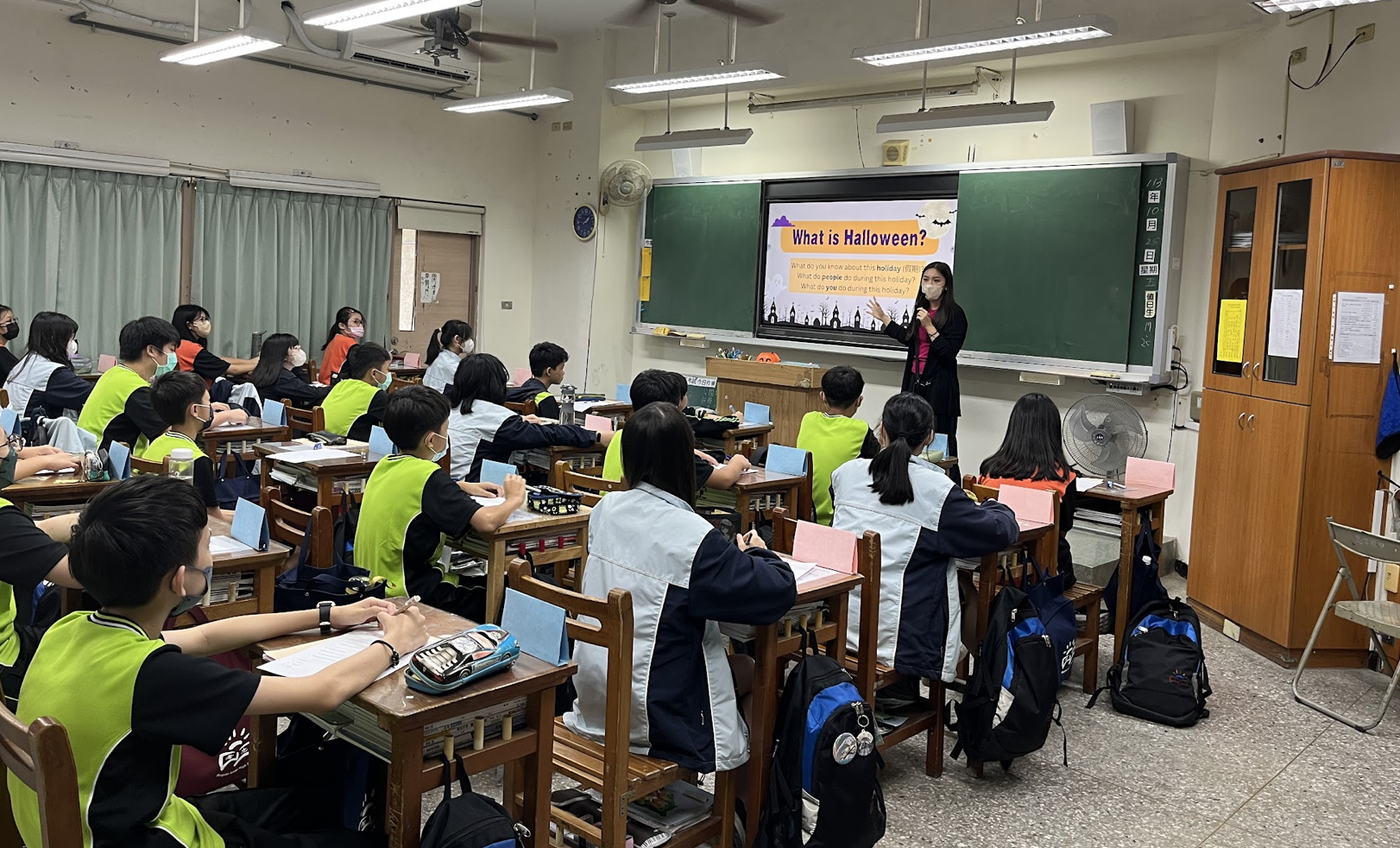
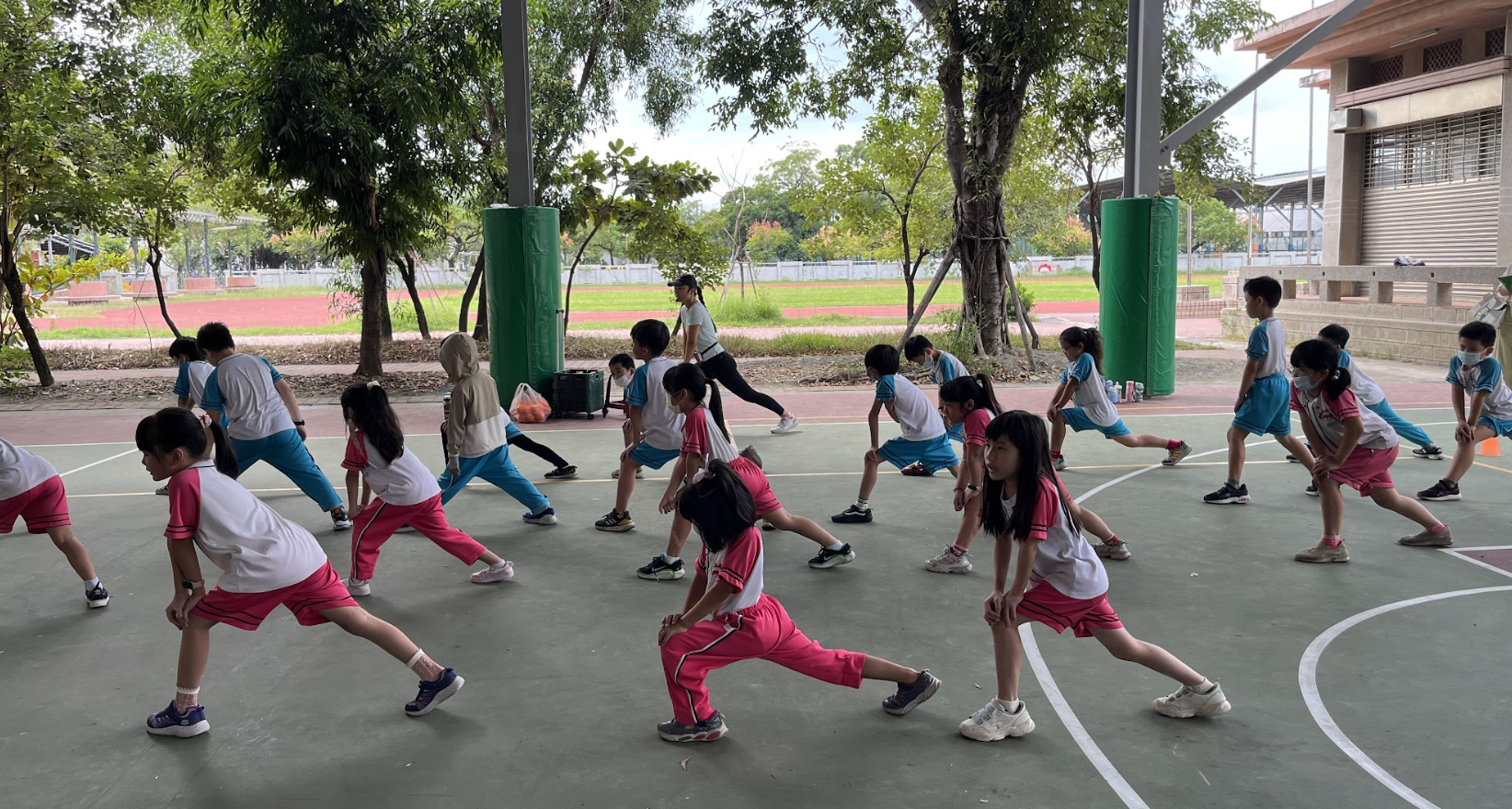
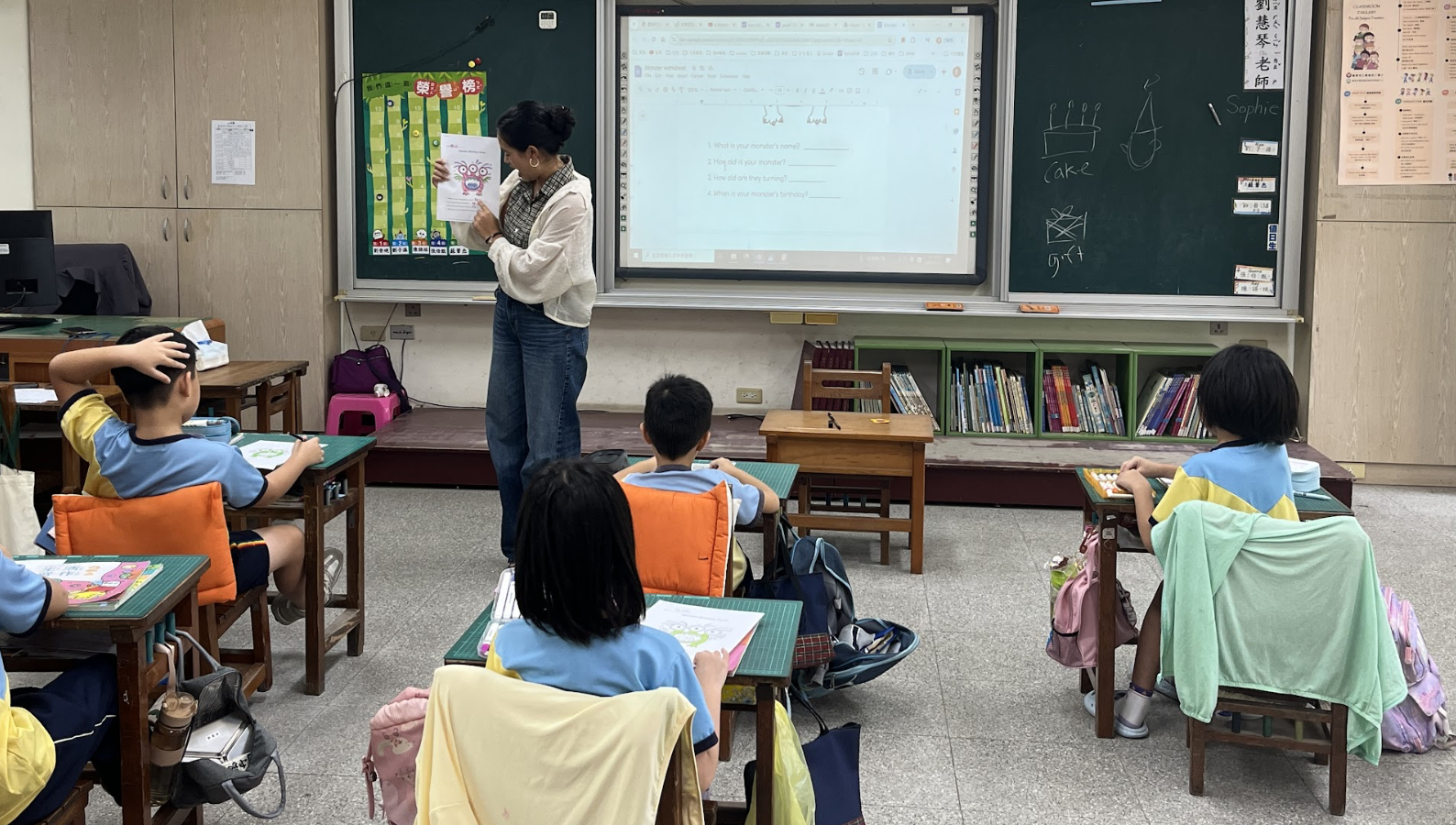
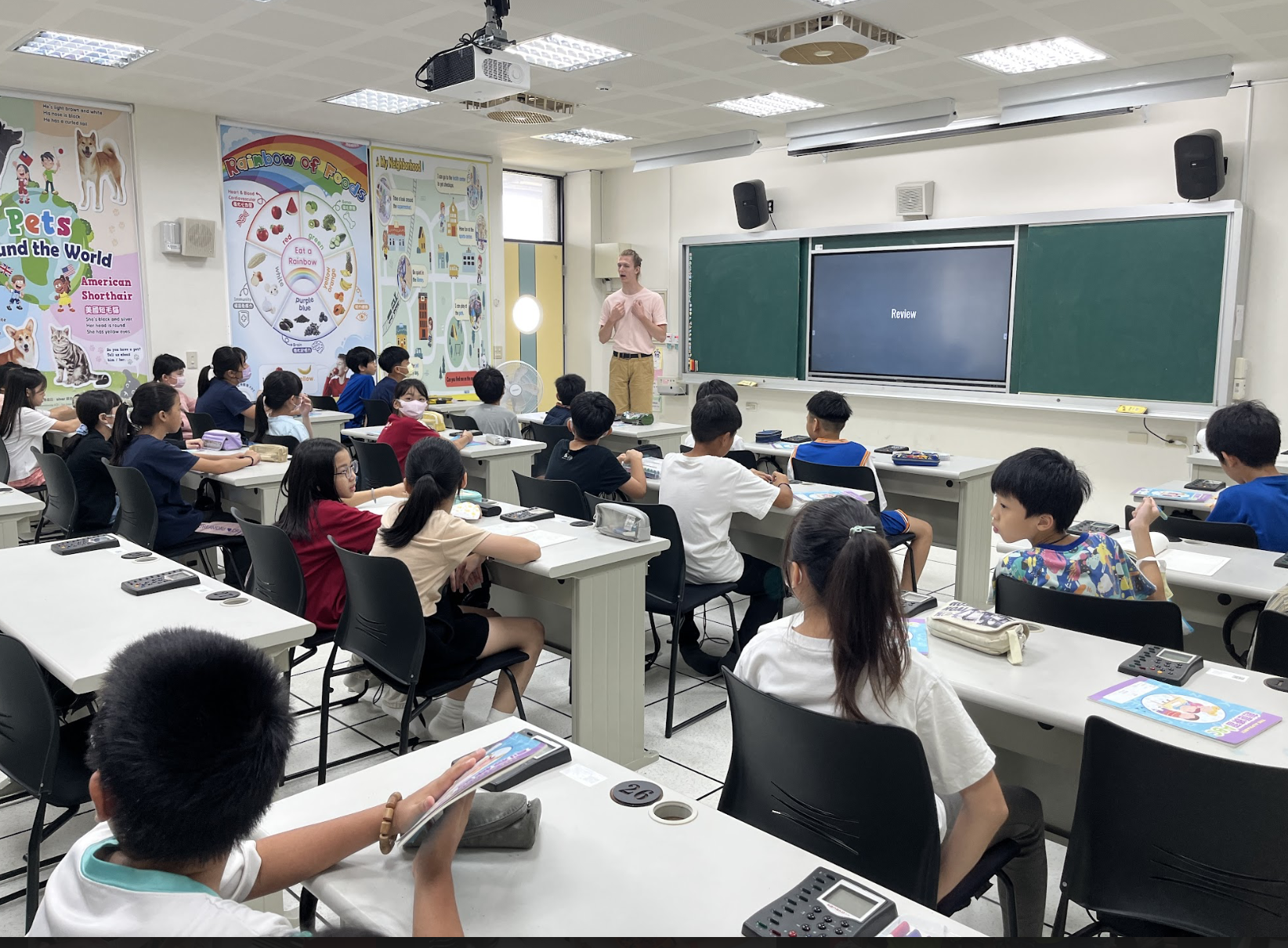

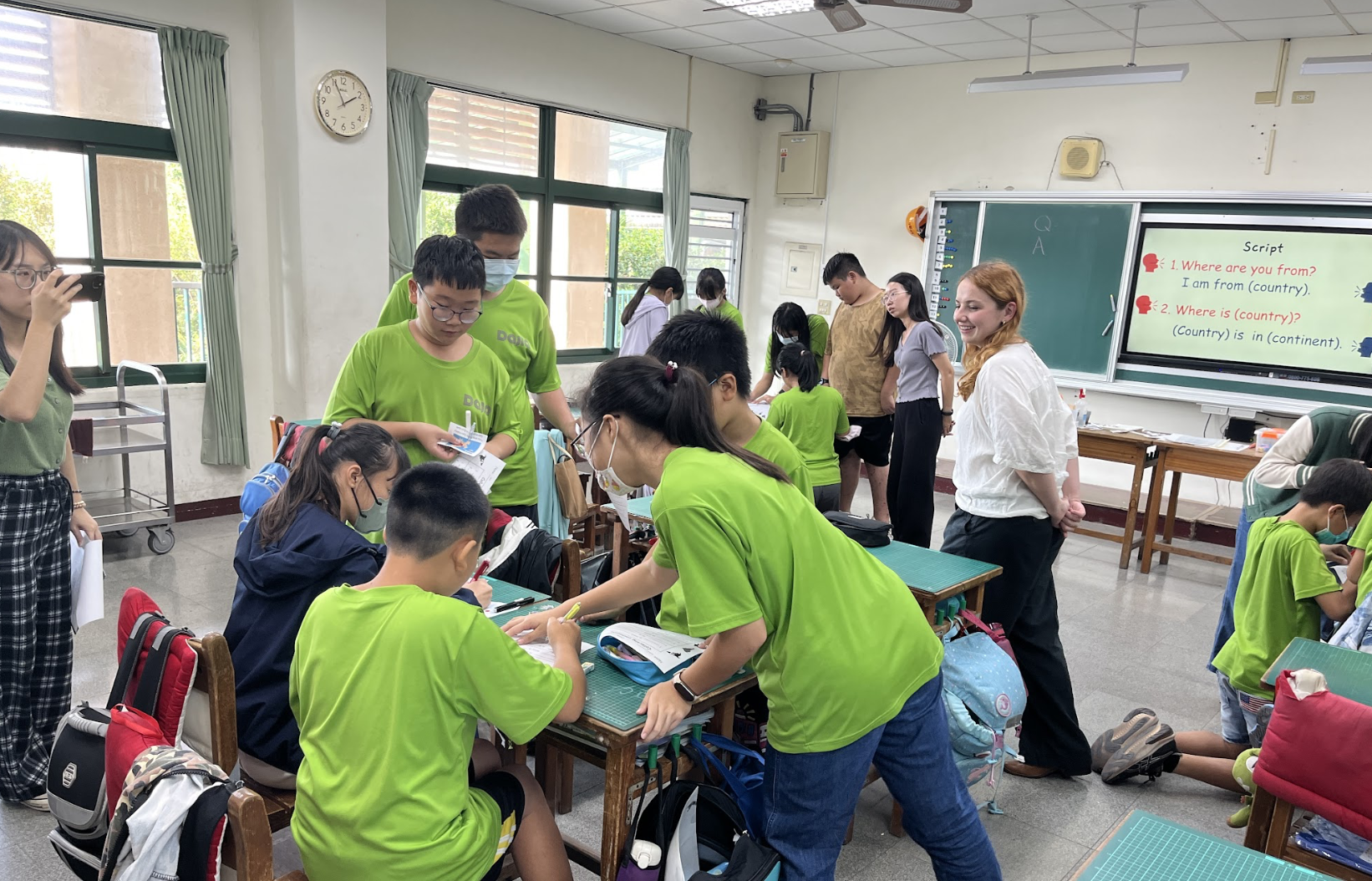
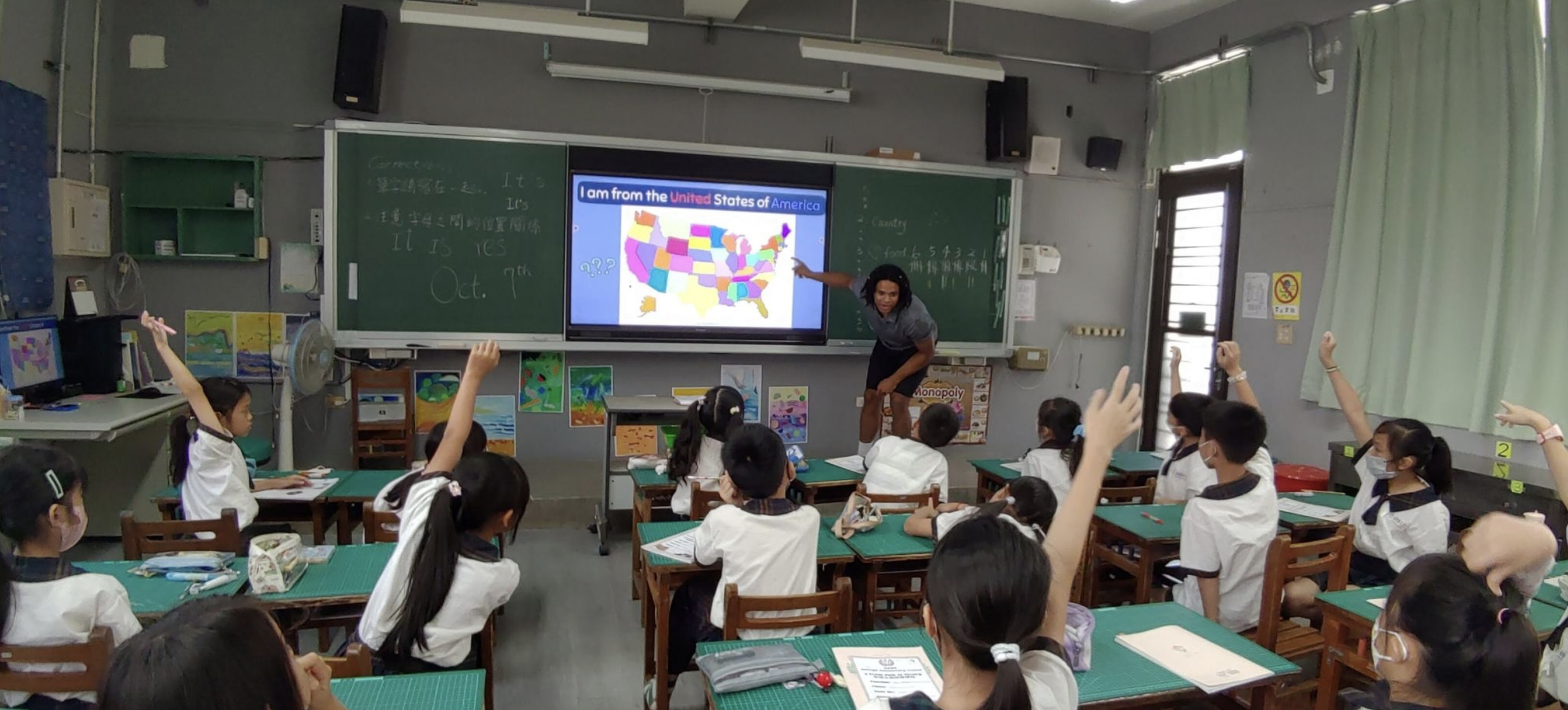
FAQs
Do you co-teach or do you teach more independently?
Co-teaching requires cooperation and compromise between both the ETA and LET. Co-teaching allows there to be a better student-to-teacher ratio; and, since most ETAs have had limited previous teaching experience, working with an LET is a great introduction to teaching EFL (English as a Foreign Language) in Taiwan. Your co-teacher has more familiarity with the course materials and with students’ needs. On the other hand, as an ETA you will bring American cultural knowledge and native fluency to help foster a more authentic language learning environment.
It takes time to build rapport with your co-teacher and your students. However, when conflicts, misunderstandings, and miscommunications arise, you should not take it personally. It is not necessarily a reflection of your own or your LET’s teaching ability. Co-teaching requires patience and practice and is part of the cultural exchange you'll experience during your time in Taiwan.
What is the role of Chinese in the English classroom?
The use of Chinese varies and typically depends on the LET. Most LETs encourage students to speak only English in the classroom. To know Chinese is of course a plus for you to get to know your students and community more, but as an ETA/ETF you do not necessarily need to know Chinese or use it in class.
How many hours/classes do I need to teach in my school?
Each ETA/ETF has about 18-20 teaching hours in their schools (and other extracurricular events), such as English camps, club activities, participating in special English teaching projects, and more. Your experience in Taiwan will be enhanced by your effort to engage with your schools and communities. Participation in extracurricular activities outside of the classroom is especially rewarding to grantees and to students.
What are my working hours?
The standard school day is 7 hours typically from 8 am to 4 pm with a one-hour lunch break. However, schools may adjust your start and end time based on their needs.
School Culture
School Lunches
Schools provide nutritious and inexpensive lunches. Teachers have their lunches in the offices or in the homeroom with students. While lunch is provided, you are welcome to bring your own bento box, utensils, and cleaning supplies.
Nap Time
Taiwanese schools incorporate a nap period after lunch. During this time, some teachers also take a short nap to recharge. Feel free to bring a small pillow and blanket to join in and rest like everyone else. It’s a great way to embrace local customs and refresh yourself for the afternoon!
What to Wear to School
A good rule of thumb is to observe what the local teachers are wearing. Taiwanese school attire tends to be more casual than in some Western schools, but it is still important to dress professionally. Be mindful of the climate—Tainan can be really hot in the summer, so lighter, breathable fabrics are often best. And in the winter, schools don't have heaters, so be prepared with warm clothing and jackets.

